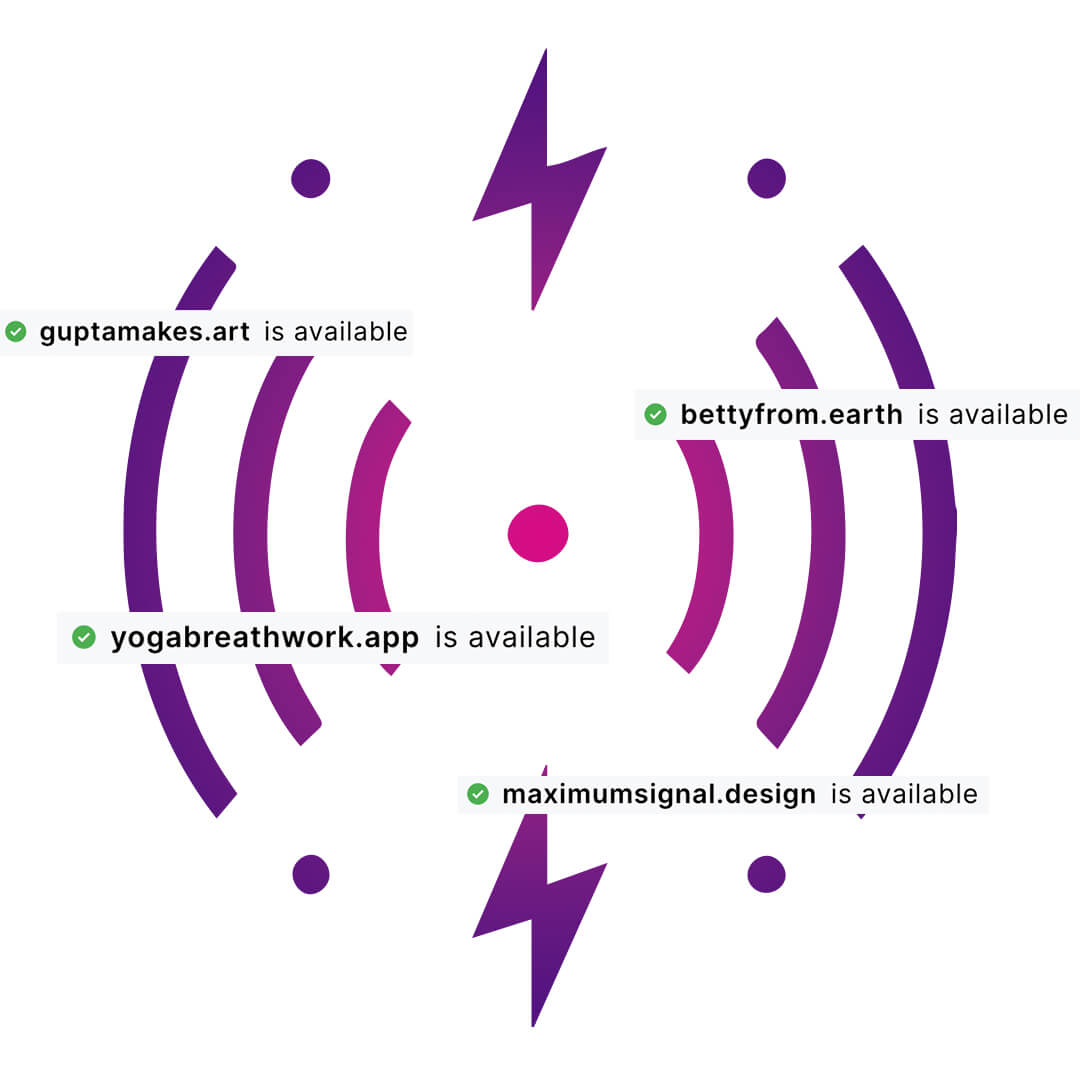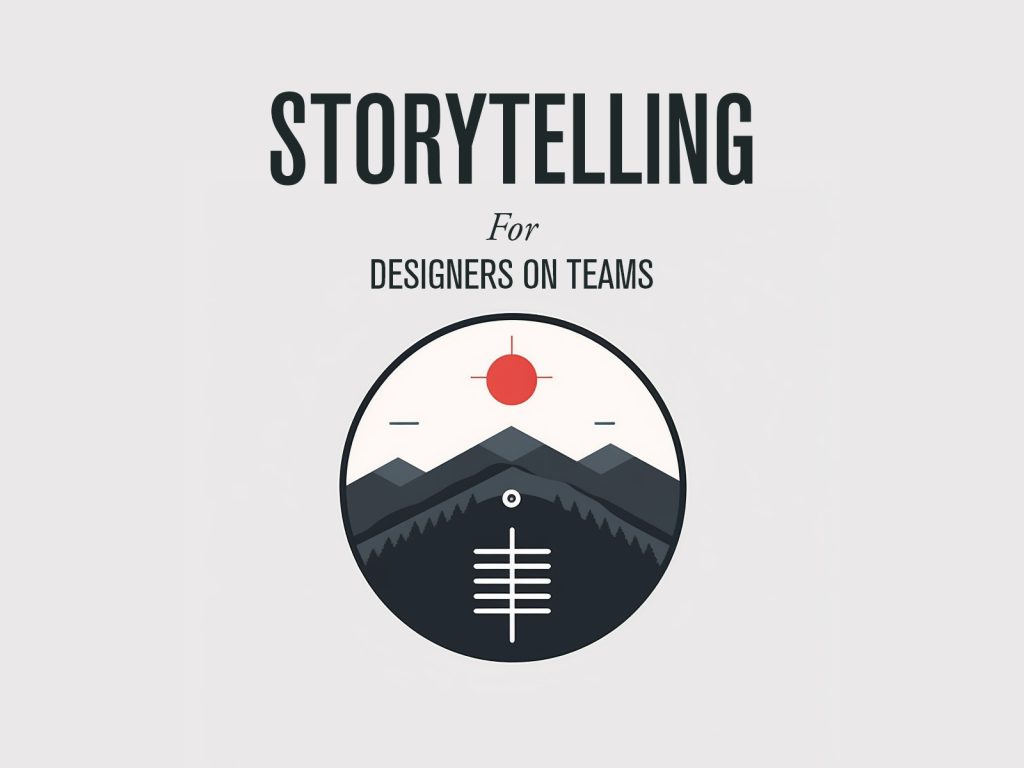In 2023, I tried an experiment. A writing course I purchased sent daily exercises for 10 days. A new exercise every day. I was intensely busy at the time and the exercises were vital to feel like I was moving forward. By the time I completed the 10 weeks, I decided to try something similar for busy product people. After amazing feedback from product leaders, colleagues, and former students, the courses became available. Once live even more valuable feedback came in. Here below you can find those courses and I hope you find the same value in them that I did.
I’ve also created this podcast style overview of the content for you to sample.
UNDERSTANDING UX FOR STARTUP FOUNDERS
This UX-focused ten-day program empowers startup founders to enhance their product by teaching them to identify user issues, draft solutions, prototype, conduct user tests, refine features, measure success, and iterate for continuous improvement. Whether using their own startup’s data or hypothetical scenarios, founders gain essential skills to increase usability, customer satisfaction, and ultimately, business success.
What You’ll Learn:
- User Feedback Analysis: Identifying patterns and trends in user feedback and analyzing user sessions to address recurring issues, enhancing the product’s user experience.
- Solution Drafting: Developing and aligning solutions to identified issues with the organization’s value proposition and overall product strategy.
- Feature Alignment: Adjusting the feature design to strongly align with the organization’s value proposition, boosting user satisfaction and product success.
- Prototype Construction: Choosing an appropriate prototyping method to create a visual representation of the proposed feature, preparing it for user testing.
- User Testing: Conducting usability tests on the prototype with users matching target personas, observing interactions, and gathering invaluable feedback for product refinement.
- Feedback Utilization: Reviewing user testing data, identifying improvement areas, and making necessary adjustments to the prototype.
- Feature Building: Implementing the refined feature in the product, ensuring it meets quality standards and integrates seamlessly with existing components.
- Feature Launch: Planning and executing the feature launch, ensuring a smooth user transition and providing any necessary support or documentation.
- Success Measurement: Monitoring key performance indicators (KPIs) and user feedback over a reasonable timeframe to assess the feature’s success.
- Continuous Improvement: Utilizing insights gained from measuring success to drive ongoing improvements and refinements to the feature.
STORYTELLING FOR DESIGNERS ON TEAMS
This 9-exercise course provides practical lessons that will enhance your software product’s narrative, user experience, and overall design. By completing this course, you will unlock a world of storytelling techniques that can transform your approach to design. Improve your ability to communicate product stories, enhance user experiences, and increase the effectiveness of your overall product design.
What You’ll Learn:
- Narrative Design: Weaving captivating stories for software products to illuminate core functionalities, reflecting your organization’s persona.
- Premise Promise: Implementing the “Promise of the Premise” technique for feature development to confirm the software product’s unwavering value delivery.
- Persona Development: Constructing diverse user personas with distinct goals and challenges to steer the design process of a software product.
- Journey Mapping: Crafting visual journey maps for software products to depict user experience during onboarding and inform the design strategy.
- Emotional Design: Pinpointing emotional objectives for software products and applying storytelling methods to create interfaces that stir these emotions.
- Conflict Resolution: Employing conflict resolution strategies to address user discomfort in software products through effective language within the interface.
- Pace Optimization: Fine-tuning task pacing and language used in software interfaces to guarantee a seamless and captivating user experience.
- Show, Don’t Tell: Adopting the “show, don’t tell” technique in software UI design to effectively articulate value through an intuitive layout and visual elements.
- Consistency: Ensuring uniformity in feature development across a software product to provide a coherent and logical user experience.
Domains for Campaigns!
Showcase your brand’s personality with a memorable and modern domain.
.art .design .xyz .app .fun .games .life and more!

DESIGN LEADERS GETTING READY TO WORK WITH AI
Are you a design team leader looking to stay ahead of the curve in today’s rapidly evolving design landscape? Embrace the power of AI and enhance your leadership skills with our comprehensive course on Design Team Leadership in the Age of AI. This course is specifically designed to equip design team leaders with the knowledge and skills to effectively integrate AI tools into their workflow and lead their teams towards greater innovation and success.
What You’ll Learn:
- Leadership: Guiding, inspiring, and influencing your team as AI tools are integrated into the design process.
- Communication: Conveying ideas, thoughts, and feelings clearly and effectively, especially when discussing AI tools.
- Collaboration and Teamwork: Working effectively with others to achieve common goals, integrating AI tools in the design process.
- Critical Thinking: Analyzing information objectively and making reasoned judgments, especially when using AI tools on design teams.
- Emotional Intelligence: Recognizing, understanding, and managing emotions within the design team, especially when using AI tools.
- Adaptability: Adjusting to new situations, embracing AI tools, and supporting the team effectively.
- Complex Problem Solving: Identifying problems and developing a unified solution using AI tools to support the design team.
- Creativity: Generating original ideas and finding innovative solutions, even when AI tools are available.
- Ethical Decision-Making: Making ethical choices in the use of AI tools within the design team.
- Cultural Intelligence: Understanding and appreciating cultural differences and adapting to diverse environments, especially when using AI tools.



